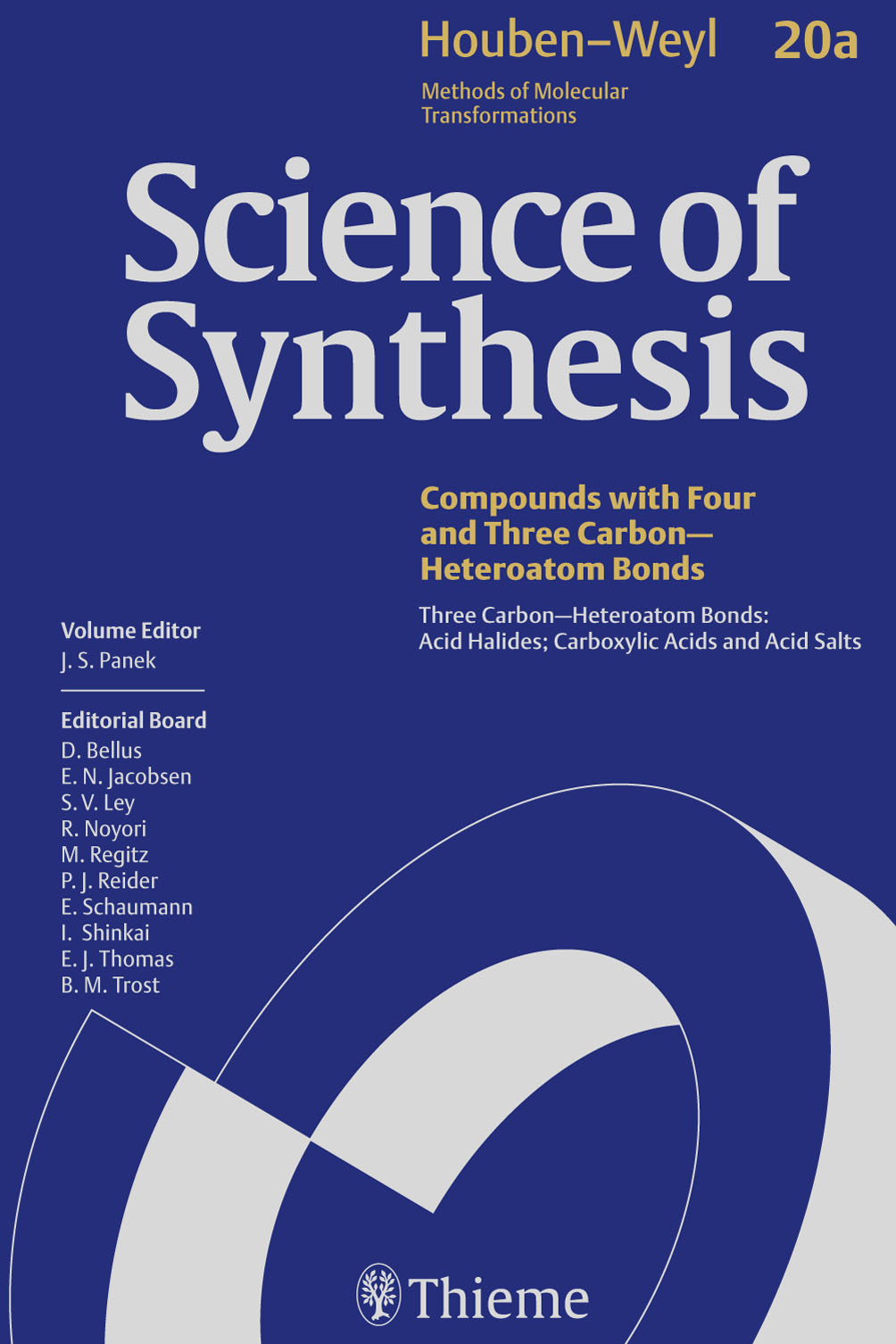You are using Science Of Synthesis as a Guest.
Please login to access the full content or check if you have access via20.2.7.1.2.8 Introduction of the Carboxylate: Catalytic Asymmetric Addition of Nitriles to Imines (Strecker and Ugi Syntheses)
Please login to access the full content or check if you have access via
Wolkenberg, S. E.; Garbaccio, R. M., Science of Synthesis, (2007) 20, 414.
The Strecker synthesis of amino acids was first described in 1850,[98] and involves the treatment of aldehydes with ammonia and hydrogen cyanide, followed by hydrolysis of the intermediate α-aminonitriles to produce α-amino acids and their ester derivatives. It is considered as one potential mode of amino acid formation in the primordial Earth. Efforts since the mid-1970s have focused on rendering this economical transformation asymmetric. The use of chiral auxiliaries to direct this reaction constitutes a first stage of advancement in the field, and many of these methods remain useful for their scope and simplicity. A flurry of reports in this area has produced several variants of a catalytic asymmetric Strecker synthesis that produces α-amino acids in high yield and enantioselectivity, but in some cases they suffer from lengthy deprotection sequences. In many cases, enantiomeric excesses of crystalline intermediates can be enriched through recrystallization. The use of hydrogen cyanide (directly or in situ) in many of these procedures requires particular attention to safety.
References
| [98] | Meeeeeee, M., Meeeee Meeeeee Mee. Meee., (8888), 88. |
Meeeeee Meeeeeeeeee
- 8.Meeeee-Meee, (8888) M 8-8, 888.
- 8.Meeeee-Meee, (8888) M 88e8, 888.
- 8.Meeeee-Meee, (8888) M 88e8, 888.
- 8.Meeeee-Meee, (8888) M 88e, 8888.








